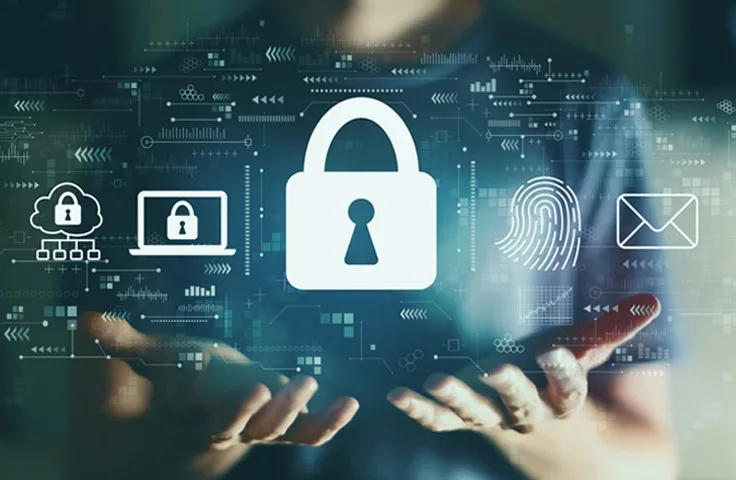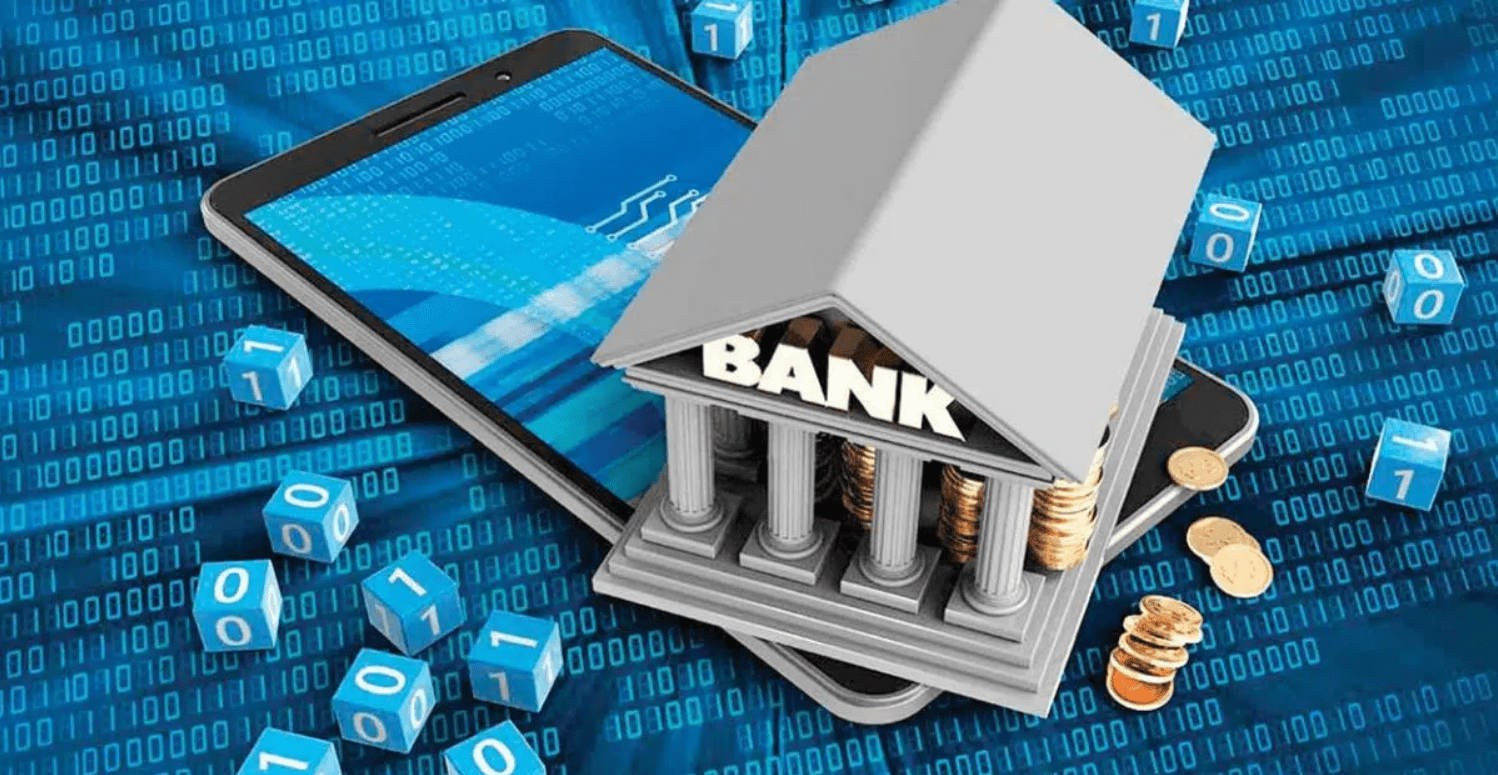How Does Cybersecurity Affect Customer Trust In Digital Banking?
Cybersecurity is one of the essential issues that must be allocated resources and time in every field where digitalization leads to revolutionary changes. Undoubtedly, cybersecurity is an important field of study for digital banking due to the security risks and concerns it involves.
In recent years, many institutions and startups working in the field of fintech have been trying to develop products and services to eliminate concerns about cybersecurity. Among the financial institutions and banks that customers use to meet their financial needs, those that are more competent in the field of cybersecurity develop deeper ties with their customers.
It is a very important issue that customers trust the institutions with which they carry out their financial transactions. Especially in the field of digital banking, platforms that cannot establish a bond of trust with their customers disappear in the short term. For this reason, all digital banking ecosystems should devote time to cybersecurity and cybersecurity innovations.
Just as a physical bank branch employs security guards to eliminate security concerns such as theft or fraud, digital banking also needs cybersecurity studies to eliminate such potential security concerns. This issue is not only the responsibility of banks, but also of customers, through methods such as biometric verification, two-factor login options, and forced password selection.
Why Is Cybersecurity A Top Priority For Building Trust In Digital Banking?

The most effective way for a financial institution to develop a trusting relationship and reputation with its customers is to have advanced cybersecurity services. The more user-oriented and advanced cybersecurity services there are, the more freely customers can evaluate their assets on that bank’s platform.
Financial institutions and banks, especially when creating their digital infrastructure, devote the most important resource allocation to cybersecurity studies. Today, institutions striving to make financial products and services more advanced and more customer-oriented aim to reach customer profiles from all income levels within the scope of the principle of financial inclusion.
In order to achieve this goal, they definitely need to invest in the field of cybersecurity. Not only customers’ login information, but also banks’ digital banking infrastructures must take software cybersecurity measures.
If a digital banking platform has vulnerabilities or problems in cybersecurity, customers will not entrust their assets to this institution. For this reason, the level of development in the field of cybersecurity is one of the top priority areas for banks to establish trust for their customers.
What Are The Common Cyber Threats Faced By Digital Banking Institutions?
Nowadays, institutions or platforms providing services in the field of digital banking face some cyber threats. The most common ones include malware attempts. Dozens of people or communities from different parts of the world use malware for malicious efforts such as stealing customers’ information, managing their assets, etc.
Institutions that promise to provide advanced banking services must create firewalls against this type of software. Other common cyber threats include phishing attacks and phishing. These types of cyber threats require cybersecurity measures, just like against malicious software.
Rather than always seizing customers’ assets without their consent, fraudsters sometimes create this type of threat to generate revenue from customers’ data. Both financial institutions and customers have certain responsibilities to prevent such cybersecurity threats. Institutions that provide digital banking services must allocate a budget for cybersecurity-related firewalls while building their digital banking infrastructures.
Customers should also carefully protect their banking platform login information and set strong encryption. In addition, bipotential joinery methods will be a very safe measure for them.
How Can Banks Communicate Their Commitment To Cybersecurity To Customers?

Financial institutions providing services in the field of digital banking generally convey their investments and work on cybersecurity to their customers in their promotional and advertising campaigns.
However, the best advertising method in the banking field is to deliver a good service directly to customers in a user-oriented manner. Because when this happens, customer feedback will spread within the society in a short time and the reputation of that institution will improve positively.
Banks are generally institutions where customer profiles at all income levels receive service. For this reason, the assets they are responsible for protecting must be in an ecosystem where all precautions are taken in terms of cybersecurity. For this reason, it is very important to receive service from reputable and reliable institutions in the financial sector.
While many world giants and popular banks are creating their digital banking infrastructures, they have allocated their millions of dollars of budget only to the field of cybersecurity. This is an indication of how important cybersecurity is.
What Measures Should Customers Take To Ensure Online Banking Security?
Maintaining trust in digital banking is not only the responsibility of financial institutions or banks, but also the customers. They should not share their banking platform login information, password details, and identity information with other individuals. It is also recommended that they use biometric verification methods such as Face ID, Touch ID and iris scanner among the methods of logging into banking platforms.
In the past, it was much more difficult for banking transactions to be exploited by someone else for malicious practices. In this respect, traditional banking can still be seen as more advantageous than digital banking. However, thanks to today’s advanced security measures and cybersecurity technologies, it is possible to receive completely reliable and highly confidential banking services.
In addition to carefully protecting their banking application login information, customers should also change their passwords periodically. I can also recommend that you check the devices entered into your account through your bank’s mobile application and make sure that all devices listed there belong to you.
Are Cybersecurity Breaches Shaking Customer Trust In Digitаl Banking?
Cybersecurity breaches can occur from time to time even in the world’s largest financial institutions. This, of course, undermines trust in digital banking for members of the traditional banking ecosystem. However, when examined in detail, the opportunities offered by digital banking and the level of development of cybersecurity measures will be noticed.
Although cybersecurity-related violations have been frequent in the recent past, thanks to today’s advanced cybersecurity technologies, all transactions are carried out at a high level of security and high privacy within a transparent ecosystem.
Since transactions with all transaction volumes, from a 10 Euro transaction to a 10 Million Euro transaction, can be made within seconds with digital banking opportunities, this creates some prejudices for traditional banking actors.
However, I think it will not be difficult for them to be convinced if they see the resources and budgets allocated by banks and digital banking platforms for cybersecurity in today’s fintech markets.
See you in the next post,
Anil UZUN
